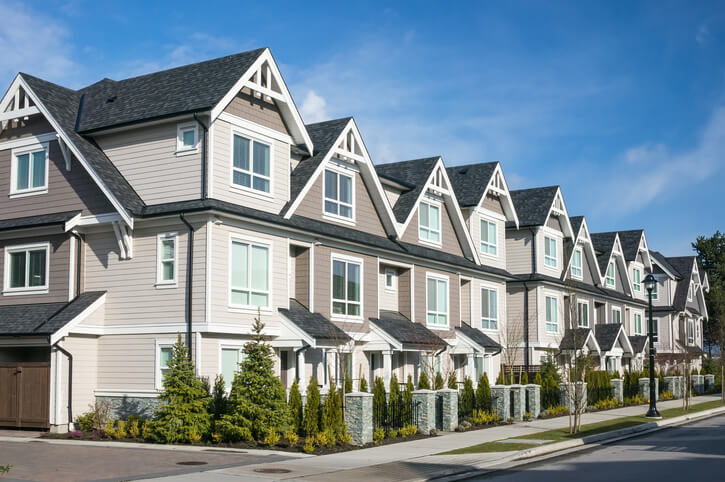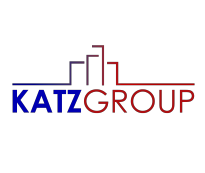
Purchase & Improvement Of Land
Improved Land means land that has necessary infrastructural improvements to support a public use project
or a use density of at least a single-family or a two-family residential building per acre, in
conformity with state and County zoning laws and building permit requirements.
There are countless, complex factors that impact the value of buying, selling or developing land and the
key to maximizing your land assets is the agile navigation of those complexities. You need the most
up-to-date market data that can help steer you through environmental issues, density studies, zoning
considerations and more.
Strategic guides of real estate can mitigate business risk and increase the likelihood of a successful
return on your investment. Our business relationships provide access to key partners, from lenders to
zoning board members, in order to overcome obstacles and achieve your objectives. From demographic
mapping to permitting your land.

Construction Of Logistic & Distribution
The development of an industrial site is a practical matter. A facility intended for manufacturing or
other industrial activities must be efficient and cost-effective, with space and infrastructure tailored
for a specific purpose. As the industry has evolved, design aesthetics now have a higher priority than
in the past. Industrial companies realize that the way their facilities look can make a positive impact
on their brand image, community relationships, and corporate citizenship.
Distribution centers (DCs) are the nerve centers of supply chains. Bringing inventory to stores or
delivering merchandise directly to e-commerce consumers, DCs are vital to the flow of goods in our
economy. The location, design, construction, and outfitting of a distribution center is all about fast,
efficient material handling to minimize the cost of moving goods from manufacturers to consumers.
In choosing a partner to serve as a design/builder, construction manager, or general contractor,
companies need to look for the right combination of skills, experience, and services. Katz Group has it
all—and we have the long-term, trusted client relationships to prove it.
At Katz Group, we plan, design, and build warehouse/distribution centers in Israel. We have developed
retail distribution centers, e-commerce DCs, and refrigerated warehouses.
Building a distribution center begins with site development. Just as in all real estate development, the
rule goes–“Location, location, location!” A DC should be to be near transportation, i.e., highways,
airports, rail junctions, to increase the speed of delivery and decrease distribution costs. A
convenient location is also essential for accessing a local labor pool to staff the facility.
A good site plan for a distribution center will take into account a company’s immediate needs in
addition to its future needs. The site should be able to handle expansion, and the building should be
flexible to accommodate reconfiguration. Inside a distribution center, ceiling height is a critical
consideration; outside, one should consider yard space. Pre-construction and design/build services are
also crucial in development.
Sustainable, “green” building design and construction is especially significant today—a best practice
for both the environment and the bottom line. Carefully planning and designing a distribution center’s
utility infrastructure, HVAC systems, ventilation controls, and lighting are essential to save energy
and reduce operating costs. These systems are also vital to provide ergonomic comfort for workers—so
they can be more productive. The Group Construction team are experts in managing all of the details
necessary to produce a grade-A industrial facility that meets modern requirements.

Residential Construction
Residential construction is different than commercial construction, because these buildings are used for
people to live in instead of working in. While many people think that single family homes are
residential construction, the category also includes multi-family homes, apartments, condominiums, and
even mobile homes.
For each residential construction project, a piece of land is purchased, cleared, and graded. The
drainage and other features are added and then the construction of the building takes place. Once the
home is finished, a person moves in and the contractor moves on to their next project.
This type of construction is quite lucrative right now, which means that contractors need to keep
everything moving forward or they risk losing out on future projects. They need to continuously look for
new land, always keep a list of qualified workers on hand, know where they can find materials at
competitive prices, and have enough money to cover all their costs until each home is finished.
Some contractors prefer to work on one type of residential construction over the others, just like some
homeowners prefer one type over the other.
Here are the main types of residential construction, as well as the pros and cons of each one:
- Single family Homes
- Condominiums
- Townhouses
- Multi-Family Houses

Construction For Offices
Building offices is a significant long term investment. As investors, developers, and design teams
maximize usable space and obtain globally recognized green building accreditations to attract clients,
contractors will have to make your office building available quickly on the market in order to ensure
the profitability of your investment.
Our team takes this missions seriously. In order to deliver and meet our own expectations in
addition to
those of institutional clients, it takes a combination of precision, attentiveness, and leaning on years
of practical contracting expertise. By personalizing your office renovations, construction of office
buildings and any other tasks you require of us, we can ensure not only a timely build that respects
your budget but also truly remarkable results.
